Although music production is a fantastic passion to partake in, studio equipment can get expensive and fast. A quick Google search for studio equipment will reveal that the price you pay skyrockets rather quickly. However, don’t despair if you’re on a slightly meager spending allowance, as the best budget studio monitors can nail a professional-grade sound for almost half the cost.
Studio monitors are the most important aspect of your studio setup and choosing a suitable pair will improve your creations more than, for example, a faster computer would.
The advancement of modern technology assists even the most budget-conscious musicians to achieve great results in the studio. Without studio monitors, accurately hearing your creation is practically impossible, and you’ll never have a helpful reference point when mixing music. Arguably, studio monitors are the most important aspect of your studio setup and choosing a suitable pair will improve your creations more than, for example, a faster computer would.
However, thanks to brands like Yamaha, PreSonus and M-Audio, you don’t have to sacrifice quality; the choice of great budget studio monitors has never been larger. So if you’re just beginning, are looking for a spouse, or just want a fresh set of speakers for your studio, there’s a budget set of studio monitors out there for you.
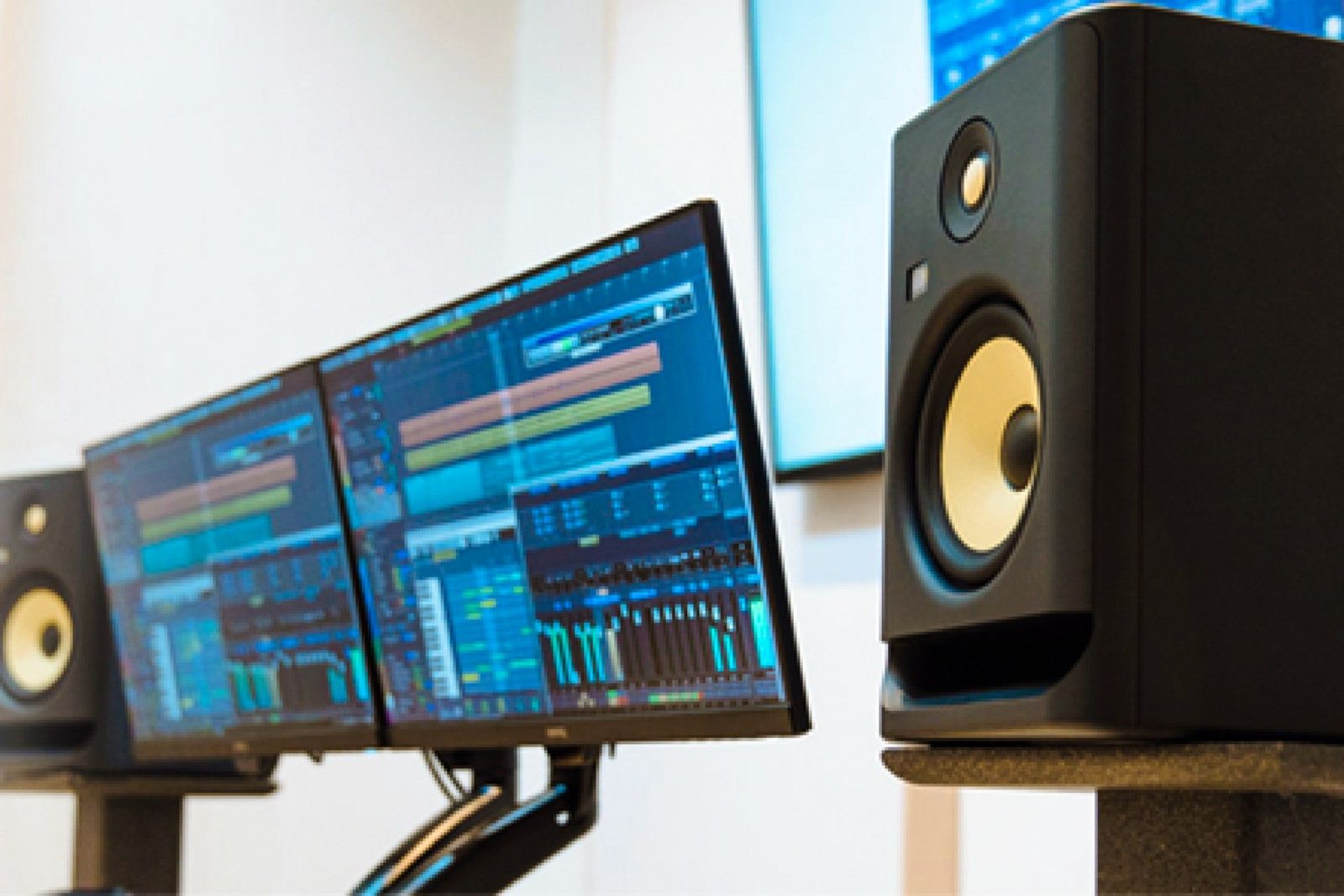
Best studio monitors for music production: 6 studio speakers for musicians, producers and artists
From Yamaha to Genelec, these are the best studio monitors whether you’re a fresh faced rookie or seasoned studio hand.
Relying on six years of experience in the music equipment industry, I bring you the best budget studio monitors. I have actively assisted hundreds of people choose the best monitors for their needs on a near daily basis, and the choices in this list today, are some of the heavy hitters that always go down a treat.
Best budget studio monitors: Our top picks
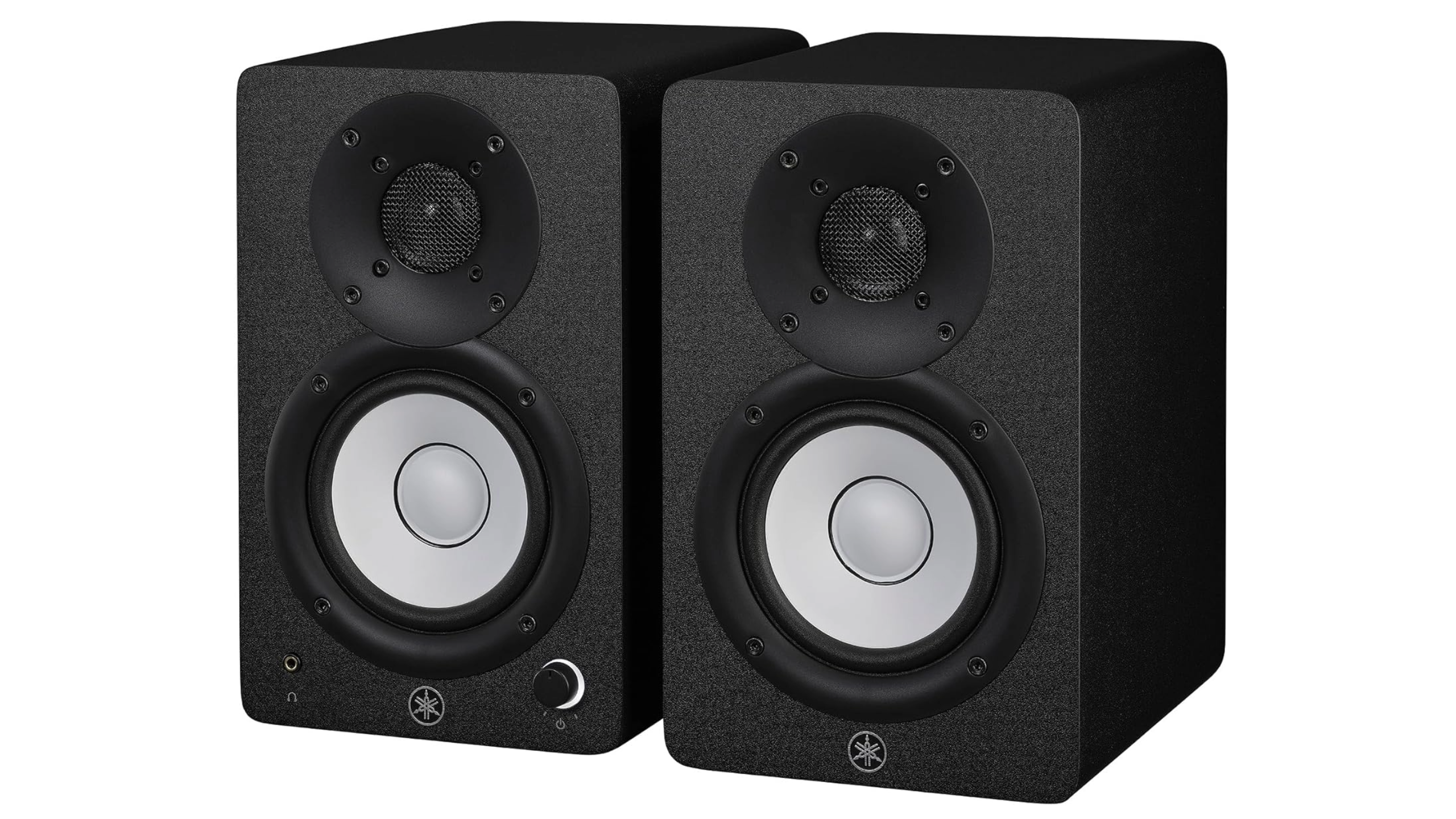
Yamaha HS4
1. Best budget studio monitors overall
The HS series has gone mini
Yamaha has expanded its HS series to include a wallet-friendly pair of 4.5-inch monitors, the HS4. Much like its larger siblings, the HS4 has an incredibly neutral response that makes it ideal for referencing. They offer a fantastic build quality and, for the size, pack a brilliant volume punch.
- Packs a volume punch for its size
- Room tuning controls
- Great build quality
- Not the most prominent bass response
The HS series is one of the all-time best-selling studio monitors that have entered the market. The HS series monitors are super popular for music production due to their neutral frequency response, articulate performance, and excellent build quality. The good news for those on a budget; the brand-new HS4 monitors deliver all of these attributes.
The HS4s are equipped with a 4.5-inch cone woofer and a one-inch dome tweeter with a frequency response spanning 60Hz-22kHz. Technical jargon aside, thanks to these components, the HS4s are capable of fantastic depth and crystal clear resolution, which are incredibly complementary for picking out every nuance in your mix.
Their flat response is key to getting a true representation of the source material, and if you’re serious about creating music, the HS4s are an ideal choice. On the back of the monitors, there are room setting controls designed to help tune the speakers to best suit your acoustic space. The ‘Room Control’ helps attenuate the exaggerated low-end that often occurs when placing monitors close to walls.
The ‘High Control’ gives you the option to cut any intruding high-frequencies that don’t belong in your studio and may be hazing up your source material. Pairing these controls with the diminutive size of the HS4 monitors, and you get a fantastically compact studio monitor that excels in smaller spaces.
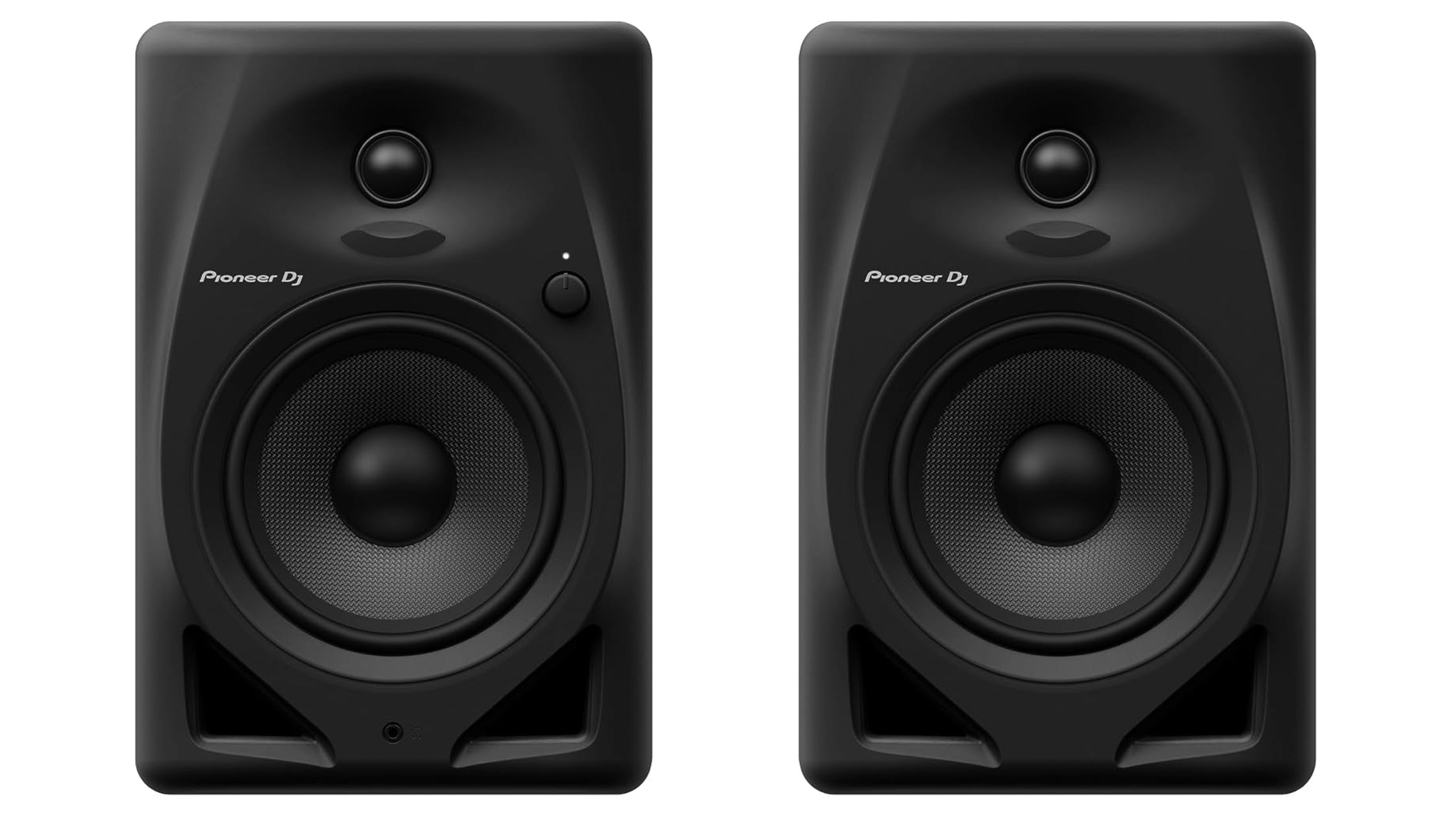
Pioneer DJ DM-50D-BT
2. Best budget studio monitors for DJs
Mix and perform your set on a dime
If you’re a DJ on a budget, there are not many better options out there than the Pioneer DJ DM-50D studio monitors. Equipped with five-inch drivers that are powered by a Class D 25 watt amplifier, these monitors pack a punch. There’s even a switch that allows you to change between ‘DJ’ mode and ‘Production’ mode, making the DM-50D monitors a versatile weapon in any DJs’ arsenal.
- Switchable modes for mixing/DJing
- Well balanced
- They can get loud
- Power switch on back is a tad annoying
Pioneer is the main name in the DJ equipment industry, producing controllers, decks, headphones, and most importantly for us, studio monitors. The DM range is Pioneer’s entry-level monitor range and is the best option for any budding DJs out there (unsurprisingly) who don’t want to break the bank.
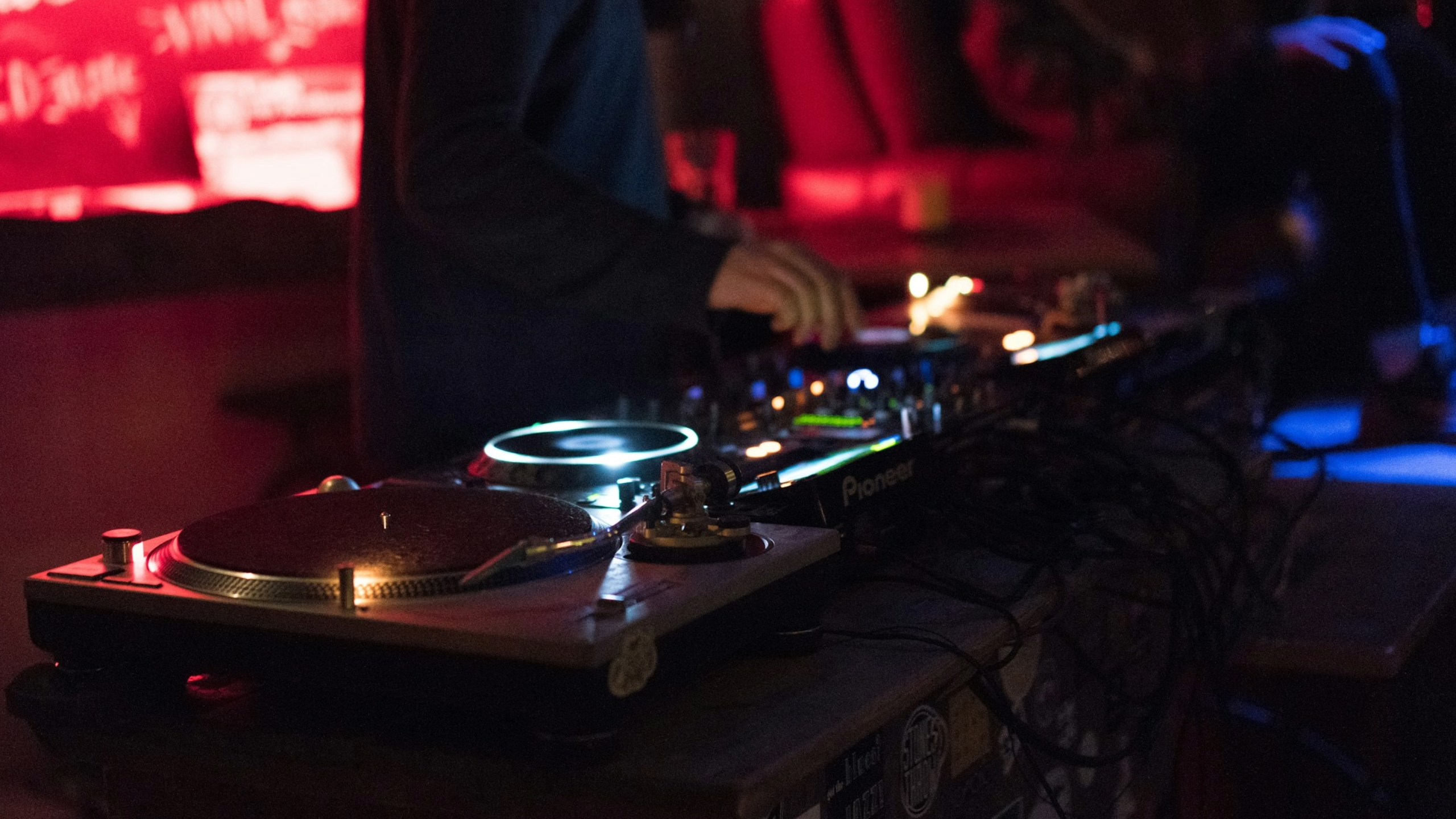
What you need for the essential DJ setup, with advice from an actual DJ
Drawing on years of experience crafting DJ setups, these are the items you need for the ultimate set, including our top 3 picks.
If you’re looking for DJ-friendly studio gear, the DM-50D studio monitors are worth checking out. Each monitor consists of a Class D amplifier with a five-inch woofer that is capable of getting pretty darn loud. The DM-50D is equipped with a 96kHz sampling DSP, ensuring crystal-clear audio even at higher volumes, maintaining a consistently ultra-clear resolution.
The unique feature of the DM-50D monitors is the DJ mode to production mode switch. When in production mode, the DSP activates and tunes the monitors to better suit concentrated listening in the studio. DJ mode takes it up a notch and manipulates the frequencies to feel the pump better whilst performing.
The DM-50D monitors are also equipped with built-in Bluetooth when you simply want to listen to some music. The DECO convex diffuser helps disperse those tunes in every direction and the 3D imagery of these monitors is capable of punching well above its price tag. The only gripe that comes to mind is the power switch. Locating it at the back of the monitor can be a bit of a pain, particularly in smaller spaces.
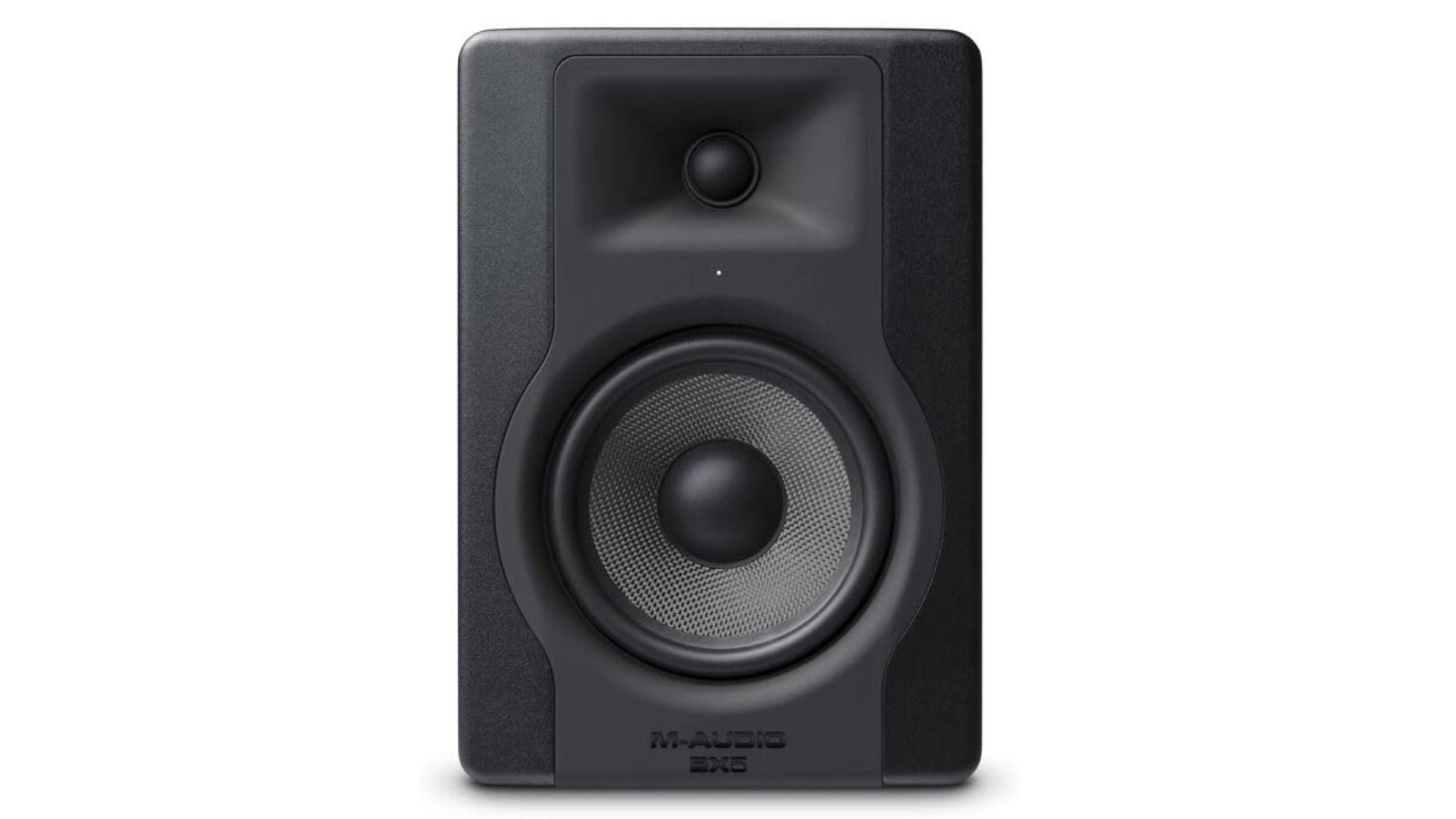
M-Audio BX5 D3
3. Best budget studio monitors for referencing
The BX5s will put your creations under a microscope
If you’re looking for monitors solely for referencing, look no further than the M-Audio BX5 monitors. Their incredibly neutral response and low distortion performance make them an ideal monitor for precisely mixing, recording and mastering.
- Low distortion performance
- Flat frequency response
- A neutral basis for mixing/referencing
- Not the most colorful sound
M-Audio has been impressing musicians on a budget for decades, but their new BX5 monitors are really turning heads among studio enthusiasts. If you’re after monitors that faithfully capture the essence of your music, the BX5s are the real deal.
Feature-wise, the BX5s are packed with impressive components. Firstly, they boast five-inch military-grade Kevlar woofers meticulously engineered to minimize distortion, ensuring exceptionally clear and accurate sound reproduction.
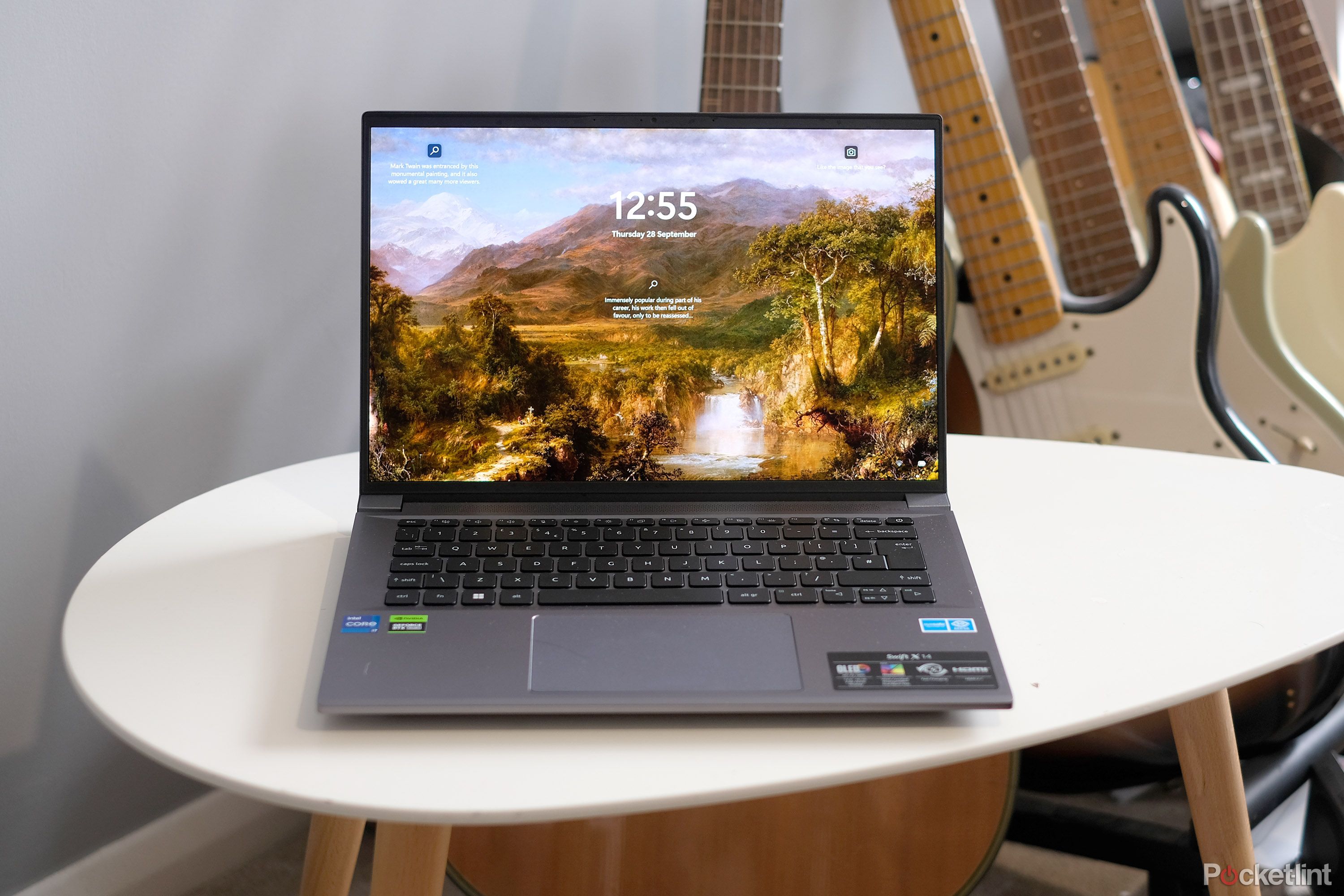
6 best laptops for music production: Expert tested and reviewed
From Apple to Dell, our audiophile pros tested and ranked the best laptops for music makers.
The tweeter is also thoughtfully designed and mounted in a custom waveguide by M-Audio for optimal dispersion. Additionally, distortion is further minimized by the two Class A/B internal amplifiers, each powering the woofer and tweeter separately and tuned to handle specific frequencies. The acoustic tuning controls allow fine tweaking to suit your space and the pinhole LED on the monitor’s front will indicate when the monitors are in line with your ear.
The BX5s flat frequency response is ideal for accurately hearing every single nuance you put in. However, they are certainly not multimedia monitors. If you’re seeking a versatile studio monitor that can handle a range of tasks, the BX5s are far from a one-trick pony.
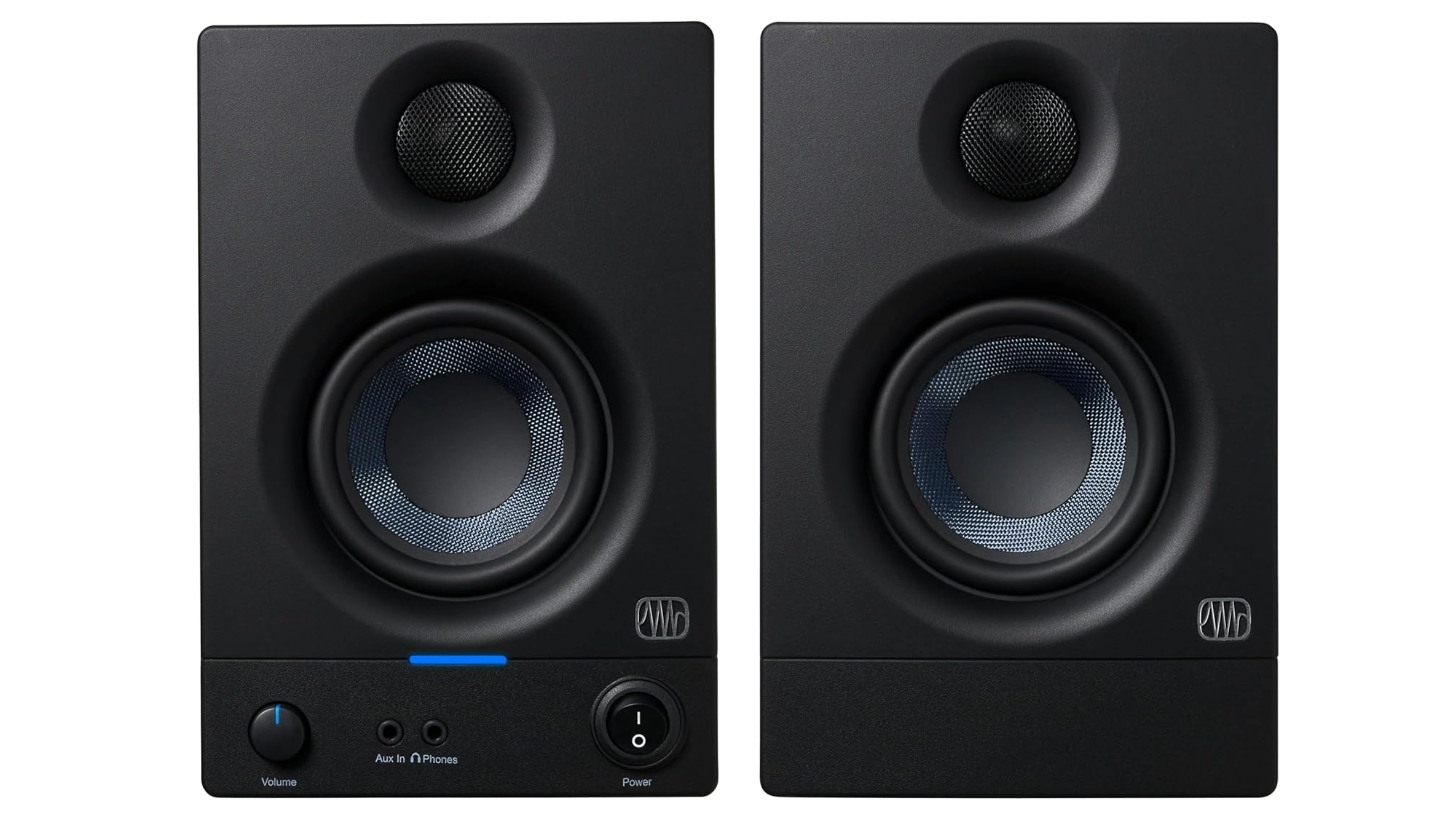
PreSonus Eris E3.5 Gen 2
4. Best budget studio monitors for simplicity
Easy to use and a pleasure to listen
PreSonus doesn’t like too much fuss. A quality product that will get you results fast is what the company excels in and the Eris E3.5 Generation 2 studio monitors are no expectation. However, don’t let this easy functionality fool you. It sounds brilliant and has fantastic mid-range and treble clarity.
- Plug in and play
- Mid-range and treble clarity
- Acoustic tuning controls
- Not the most convincing bass response
With the newly upgraded Eris E3.5 Generation 2 monitors, you’re getting studio-quality sound tailored for music production and multimedia reference. These compact speakers pack a punch with 50 Watts of Class AB dual amplification, ensuring volume and loudness without compromising tonal balance or clarity.
Featuring 3.5-inch woven-composite drivers and one-inch ultra-low-mass silk-dome tweeters, the Eris E3.5s deliver clear, accurate audio with a big low end, thanks to the tight bass response and cleaner overall sound. Plus, with rear-panel 1/4-inch TRS and RCA inputs, and a front-panel 1/8-inch stereo line input, connectivity options are abundant.
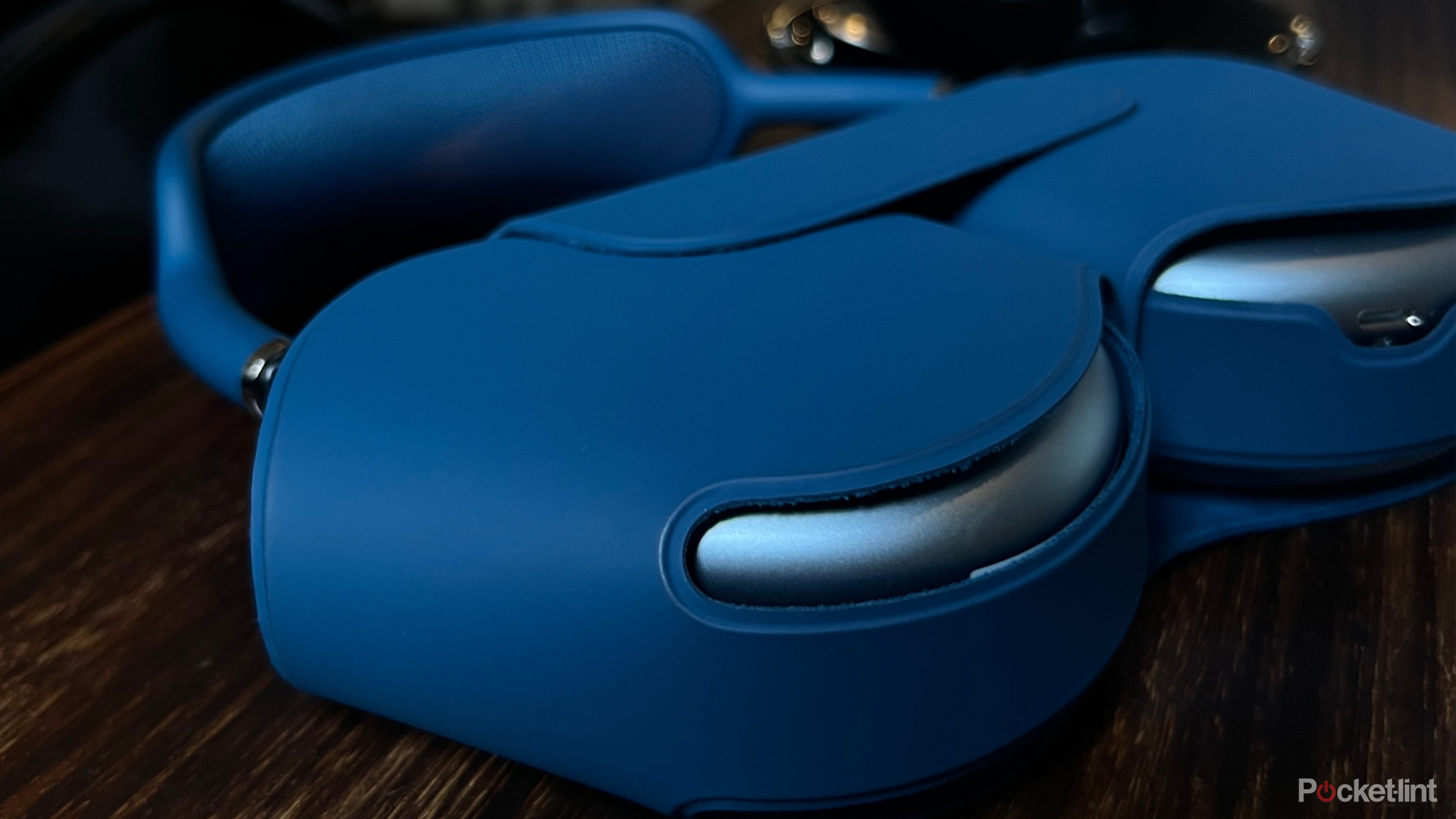
I bought the AirPods Max to see if they’re still worth the hype 3 years later
Apple’s over-ear headphones have achieved iconic fashion status, but are the AirPods Max still worth the steep price? We took another listen.
But what sets the Eris E3.5s apart is their precision-tuning capabilities. High and low-frequency tuning controls allow you to customize your audio output to match your ears, room size, and speaker orientation, ensuring a clear, room-filling sound whether they’re on a desk, bookshelf, or next to a turntable.
And when you need to switch to headphones for a quick reference, the easy-access front panel headphone output and built-in headphone amplifier have got you covered. Although the monitors are packed with features, they are very easy to navigate, set up and go. PreSonus has made sure that the second-generation monitors aren’t complicated, so if you’re apprehensive about confusing studio equipment, these monitors are a great choice.
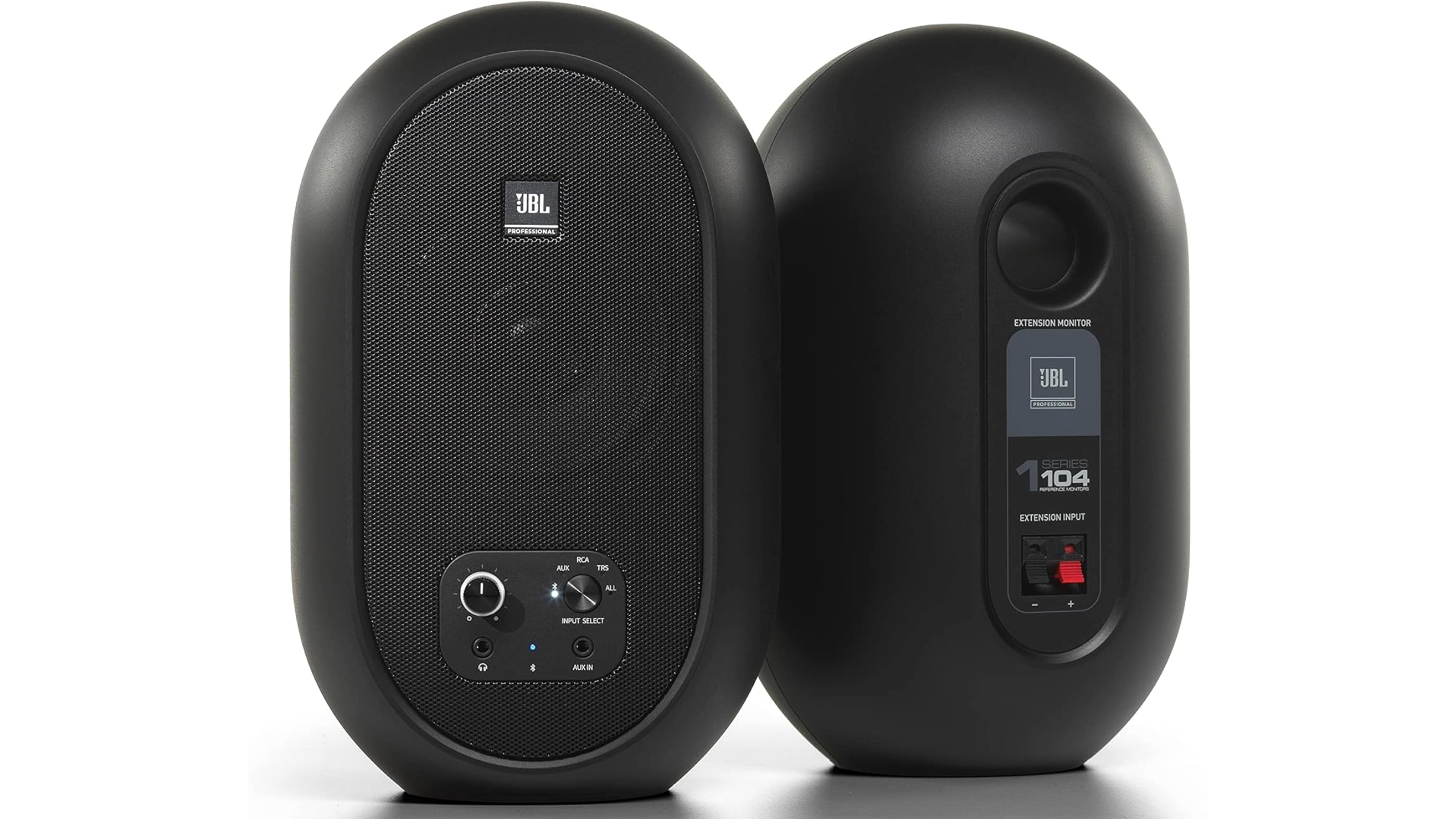
JBL Professional 1 Series 104-BT
5. Best compact budget studio monitors
JBL delivers with this micro powerhouse
JBL hits the mark with their Professional 1 Series 104-BT monitors. Offering compact portability and exceptional sound quality, these monitors stand out as the ultimate budget-friendly option. With built-in Bluetooth and convenient front panel controls, it’s a package that’s hard to resist.
- They will fit just about anywhere
- Built-in Bluetooth
- Useful front panel controls
- Not the biggest bass response
The JBL Professional 1 Series 104-BT is a great option if you’ve got a small space to work in but need monitors that don’t compromise sound quality. With a five-inch woofer and a .75-inch soft-dome tweeter, JBL has done a fantastic job at fitting this configuration into such a small cabinet. To put that into perspective, a five-inch woofer is the joint largest on our list.
Combining the speaker configuration with a 60-watt Class D power amplifier spread across the two separate monitors, the 104-BTs are surprisingly loud. However, JBL speakers usually tend to pack a punch, so this comes as no surprise.
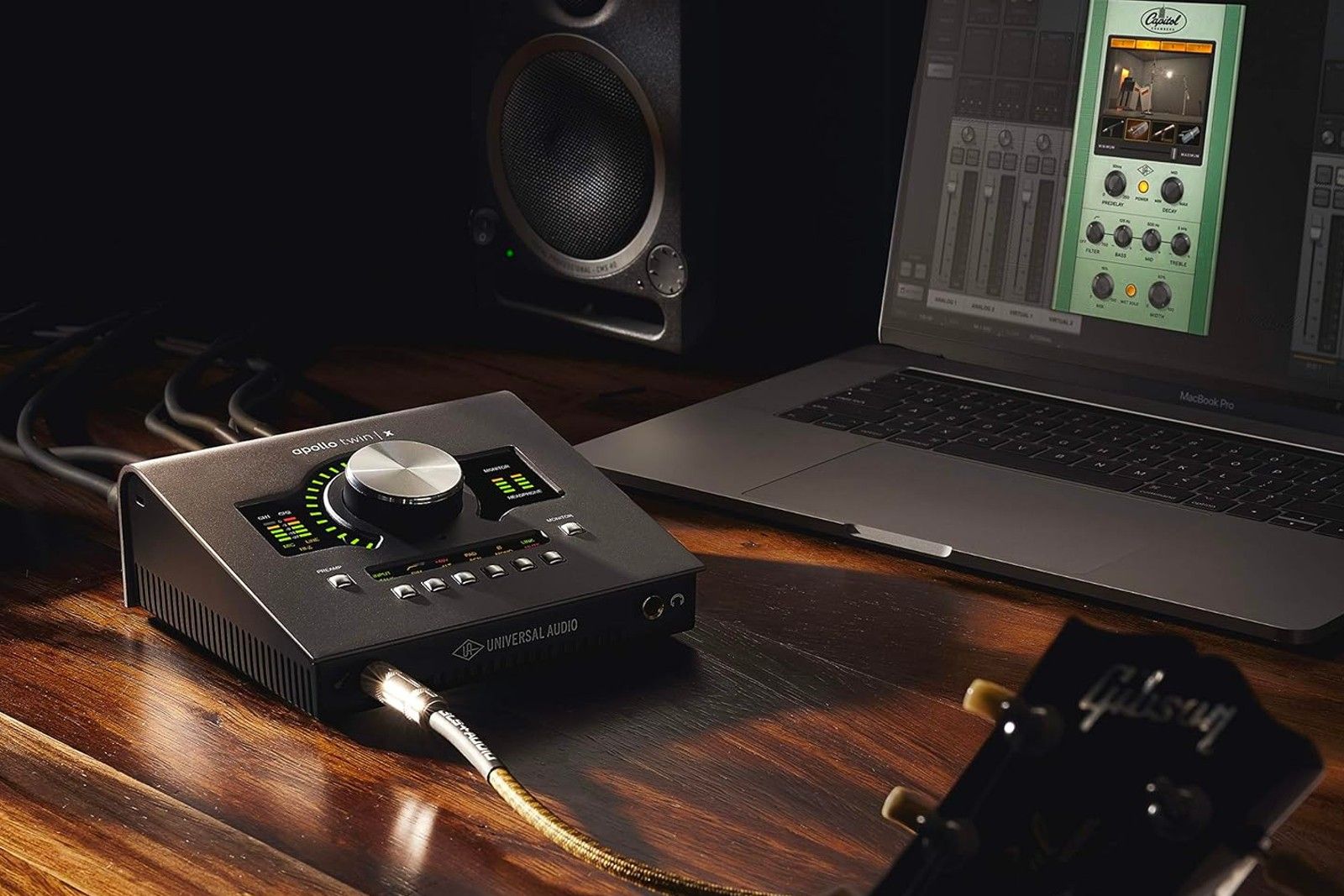
Best audio interfaces for music production: Audiophile recommended
Audio interfaces elevate the music production process and output. These are the best on the market, according to a music-production professional.
There’s also an impressive number of connectivity options, including AUX, RCA, and TRS inputs, as well as built-in Bluetooth. These connectivity options offer fantastic versatility, ensuring you are covered whether you’re streaming music or connecting audio interfaces.
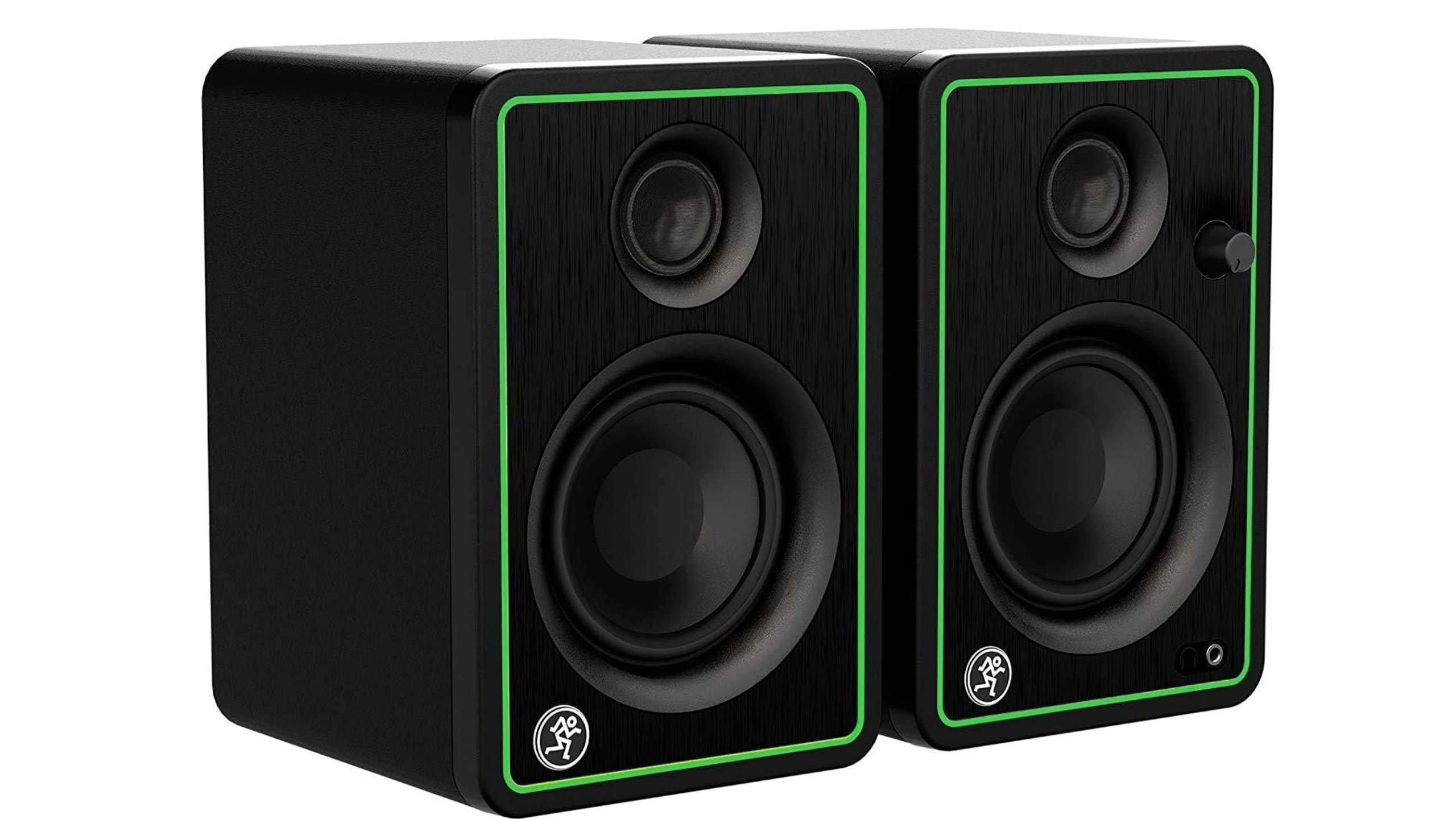
Mackie CR3-X Series
6. Best small budget studio monitors
Plenty of bang for your buck with Mackie’s CR3-X monitors
Better known for their PA and live mixers, Mackie’s CR range of studio monitors blends contemporary esthetics, versatility and great build quality for budget-friendly prices. The CR3-X monitors are the pick of the bunch and its compact design will fit a variety of applications.
- Eye-catching design
- Very well made
- Versatile
- No acoustic tuning controls
Mackie is an instantly recognizable brand in live audio circles. Originating from Mukilteo, Washington in the ’70s, Mackie is a self-proclaimed ‘audio nerd’ brand that is best known for its great quality PA speakers and live mixing desks. However, they also dabble in studio equipment and there’s no better budget-friendly range than the CR series.
The Mackie CR3-X monitors certainly look the part. With a brushed black metal faceplate and textured cabinet, the CR3-Xs pop with Mackie’s signature green trim detailing. If you’re aesthetically minded and appreciate your studio looking great, these monitors are an obvious choice.
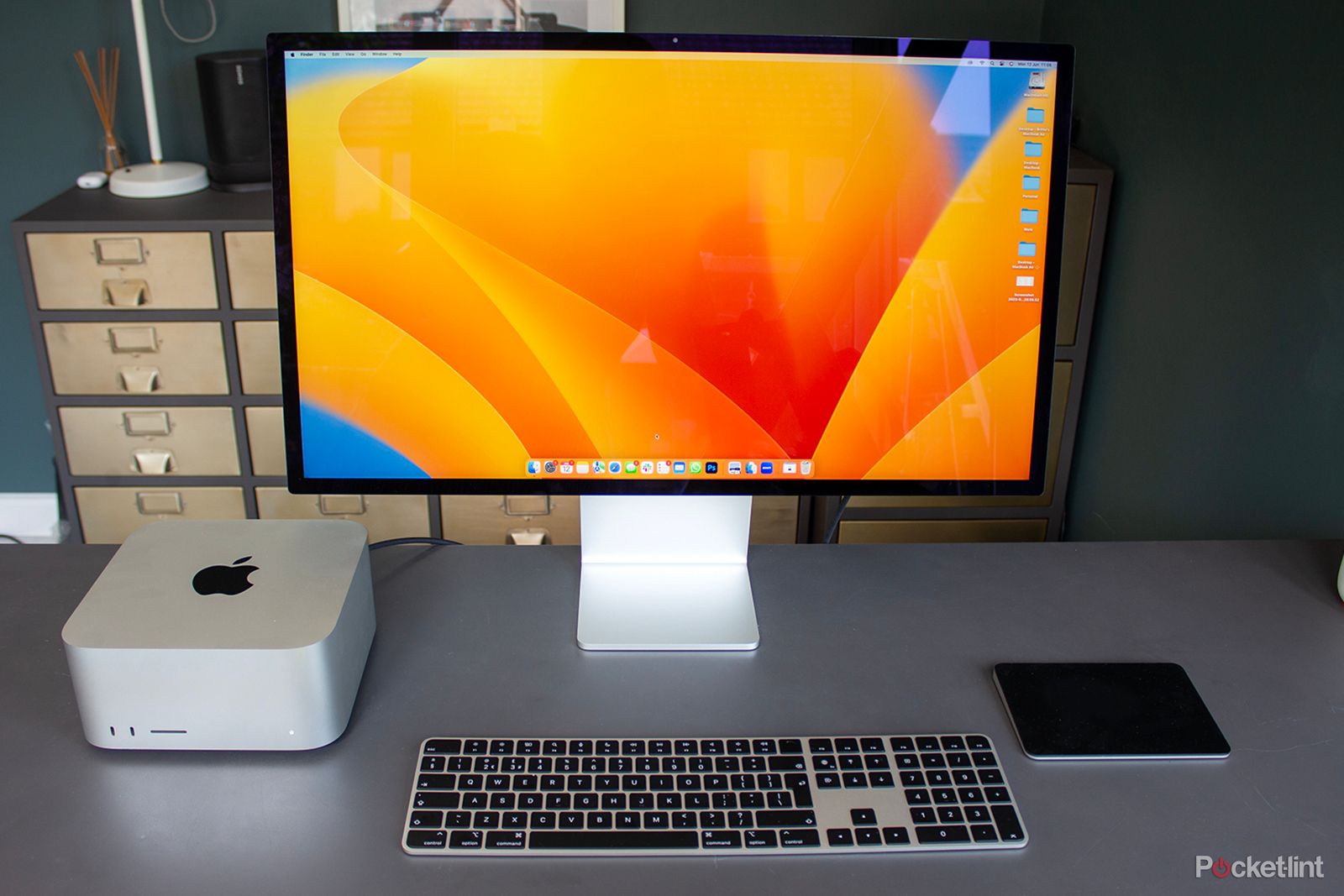
Best PCs for music production: find your best note with Apple, HP, or Microsoft
The best music production PCs are powerful enough for big tracks and suit a variety of different studios.
As for sound, the CR3-X monitors have a three-inch polypropylene-coated woofer and .75-inch ferrofluid-cooled silk-dome tweeter within each speaker. Although the woofer is one of the smallest included on this list, the combined total of 50 watts of power can get pretty loud. Plus, the stereo imagery the CR3-Xs are capable of has always performed cleanly, without any causes of great distortion.
The CR3-X monitors aren’t the most neutral, but they do color the audio a little. This is fantastic whilst performing as a multimedia device, so if you want to listen to music, stream, or are an avid gamer, this likely won’t be an issue. However, there are better options out there if your sole purpose is mixing music and need a clean reference.
The bottom line: What is the best budget studio monitor?
The HS4 monitors, part of the renowned HS series, continue the legacy of their predecessors with a neutral frequency response, articulate performance, and top-notch build quality, making them ideal for music production. Featuring a 4.5-inch cone woofer and one-inch dome tweeter, they offer a frequency response spanning 60Hz to 22kHz, delivering depth and crystal-clear resolution to enhance every nuance in your mix. Their flat response ensures a true representation of the source material, making them a perfect choice for serious music creators. Additionally, with room setting controls like ‘Room Control’ and ‘High Control’ on the back, they can be finely tuned to suit any acoustic space, making them an excellent option for smaller studios.

Yamaha HS4
Editor’s Choice
How we choose the best budget studio monitors
After six years in the music equipment industry, assisting countless individuals with studio monitors daily, I’ve gained firsthand experience with all the monitors mentioned. Based on my extensive experience, these monitors stand out as the most popular and highly requested option among budget-conscious buyers. When curating our list of the best studio monitors, we considered several criteria. We aimed to select widely available products, with specifications such as output, audio quality, frequency response, price, size, and additional features being the key factors influencing our decisions.

Best audio interfaces for music production: Audiophile recommended
Audio interfaces elevate the music production process and output. These are the best on the market, according to a music-production professional.
FAQ
Q: How do studio monitors differ from standard speakers?
While studio monitors may appear similar to standard speakers and share many similarities, they actually perform quite differently. Traditionally, the primary distinction between studio monitors and Hi-Fi speakers lies in their power source. Studio monitors are typically active, meaning they do not require a separate power amplifier to function, whereas Hi-Fi speakers traditionally rely on a separate power amplifier for operation.
However, this distinction is becoming increasingly outdated as more active Hi-Fi speakers enter the market. In our opinion, the most significant difference between studio monitors and standard speakers lies in their audio performance. Studio monitors are specifically engineered for analytical listening, aided by their flat frequency response. For music producers, avoiding boosted frequencies during mixing is essential, as the goal in the studio is to achieve the truest representation of the audio source.
On the contrary, standard speakers, designed for casual music listening, are often slightly tuned to enhance the listening experience. Whether it’s a slight boost in bass response for electronic music or a reduction in high-end frequencies to minimize harshness, standard speakers provide a less neutral audio response. Although there can be other distinctions, the audio response is by far the most important difference between studio monitors and standard speakers.
Q: Do you need an amplifier for your studio monitor?
When contemplating speakers, amplification is often a critical factor. Do you require an extra amplifier for your studio monitors? Fortunately, in most instances, modern studio monitors are active, meaning they include a built-in amplifier, negating the need for an additional purchase. Additionally, all the studio monitors we’ve handpicked for our list are active, saving you the trouble of procuring an extra amplifier.
Q: What size studio monitor do I need?
The size of the studio monitor you need will depend largely on your studio space and how much output you need. Generally speaking, the larger the monitor, the more output it will have. Larger monitors will have a better bass response, so if you’re mixing/creating/producing genres like dance music or heavy metal — which tends to be bass-heavy — a larger monitor will be more suitable. Also, consider the size of your studio. If you are in quite a small space, larger monitors will quite quickly overpower the studio and things will become quite murky.
Q: How much should I spend on studio montors?
Like most things, with studio equipment, you tend to get what you pay for. However, that’s not to say that there aren’t fantastic budget options. Sure you can plow thousands of dollars into ultra-professional studio monitors that have the most advanced DSP technology with super-rare materials that make up the tweeter cone etc., but unless you’re a professional studio engineer, it’s unlikely you’ll need to.
For example, the Yamaha HS4 speakers that are the best overall budget speakers on this list will likely have all the volume, clarity, features and durability most people need. There has been a copious amount of successful and great sound music produced on speakers such as this over the years.
Ultimately, the decision of how much to spend on studio monitors hinges on a myriad of factors, each unique to the individual’s goals, preferences, and budgetary constraints. While premium options may offer unparalleled performance and prestige, budget alternatives like the Yamaha HS4 prove that excellence can be attained without breaking the bank.
Trending Products















